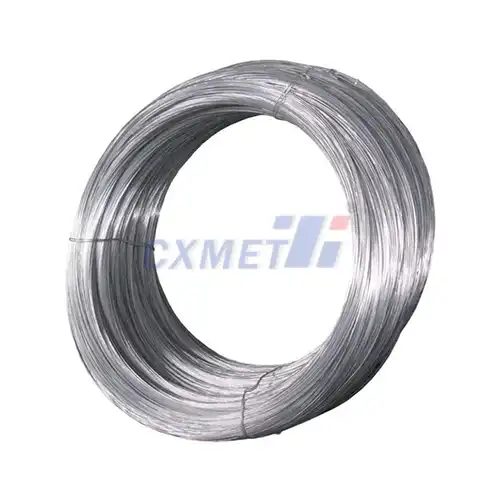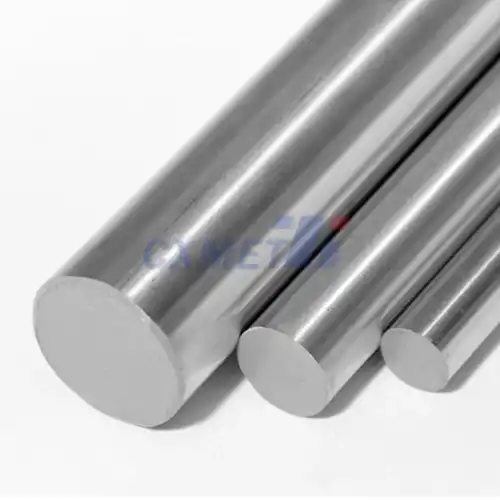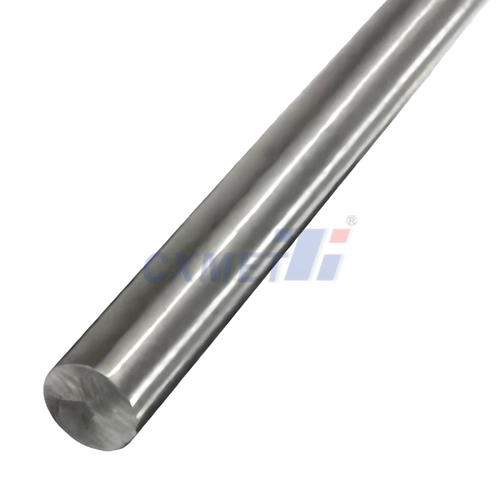- English
- French
- German
- Portuguese
- Spanish
- Russian
- Japanese
- Korean
- Arabic
- Greek
- German
- Turkish
- Italian
- Danish
- Romanian
- Indonesian
- Czech
- Afrikaans
- Swedish
- Polish
- Basque
- Catalan
- Esperanto
- Hindi
- Lao
- Albanian
- Amharic
- Armenian
- Azerbaijani
- Belarusian
- Bengali
- Bosnian
- Bulgarian
- Cebuano
- Chichewa
- Corsican
- Croatian
- Dutch
- Estonian
- Filipino
- Finnish
- Frisian
- Galician
- Georgian
- Gujarati
- Haitian
- Hausa
- Hawaiian
- Hebrew
- Hmong
- Hungarian
- Icelandic
- Igbo
- Javanese
- Kannada
- Kazakh
- Khmer
- Kurdish
- Kyrgyz
- Latin
- Latvian
- Lithuanian
- Luxembou..
- Macedonian
- Malagasy
- Malay
- Malayalam
- Maltese
- Maori
- Marathi
- Mongolian
- Burmese
- Nepali
- Norwegian
- Pashto
- Persian
- Punjabi
- Serbian
- Sesotho
- Sinhala
- Slovak
- Slovenian
- Somali
- Samoan
- Scots Gaelic
- Shona
- Sindhi
- Sundanese
- Swahili
- Tajik
- Tamil
- Telugu
- Thai
- Ukrainian
- Urdu
- Uzbek
- Vietnamese
- Welsh
- Xhosa
- Yiddish
- Yoruba
- Zulu
What are the Mechanical Properties of 6Al4V AMS 4928 Titanium Bar in Different Conditions?
2024-08-15 17:47:24
The mechanical properties of 6Al4V AMS 4928 Titanium Bar are of significant interest in various industries due to its exceptional strength-to-weight ratio, corrosion resistance, and biocompatibility. This alloy, composed of 6% aluminum, 4% vanadium, and the balance titanium, exhibits different mechanical characteristics depending on its processing and heat treatment conditions. Understanding these properties is crucial for engineers and designers working in aerospace, medical, and other high-performance applications. This blog post delves into the mechanical properties of 6Al4V AMS 4928 Titanium Bar under various conditions and addresses some common questions related to this versatile material.
How does heat treatment affect the strength of 6Al4V AMS 4928 Titanium Bar?
Heat treatment plays a crucial role in determining the mechanical properties of 6Al4V AMS 4928 Titanium Bar. The alloy can be subjected to various heat treatment processes, each resulting in different microstructures and, consequently, different mechanical properties. The most common heat treatments for this alloy include annealing, solution treating and aging (STA), and beta annealing.
Annealing is typically performed at temperatures between 700°C and 850°C, followed by slow cooling. This process results in a more ductile material with improved machinability but lower strength. The annealed condition is often used when formability is a priority over strength.
Solution treating and aging (STA) is a two-step process that significantly enhances the strength of the alloy. The first step involves heating the material to temperatures around 955°C, holding it for a specific time, and then rapidly quenching it. This creates a supersaturated solid solution. The second step, aging, is performed at lower temperatures (typically between 480°C and 595°C) for several hours. During aging, fine precipitates form within the microstructure, leading to substantial strengthening of the material.
The STA process can increase the ultimate tensile strength (UTS) of 6Al4V AMS 4928 Titanium Bar from around 900 MPa in the annealed condition to over 1000 MPa. The yield strength also sees a significant improvement, often reaching values above 900 MPa. However, this increase in strength comes at the cost of some ductility, with elongation typically reducing from 14-16% in the annealed condition to 10-12% after STA treatment.
Beta annealing involves heating the alloy above its beta transus temperature (around 995°C) and then cooling it at a controlled rate. This process can result in a unique microstructure with improved fatigue properties and fracture toughness, making it particularly useful for aerospace applications where cyclic loading is a concern.
It's important to note that the exact properties achieved through heat treatment can vary depending on the specific temperatures, holding times, and cooling rates employed. Engineers often work closely with materials specialists to optimize the heat treatment process for their specific application requirements.
What is the impact of cold working on the mechanical properties of 6Al4V AMS 4928 Titanium Bar?
Cold working is a process of plastic deformation carried out below the recrystallization temperature of the material. For 6Al4V AMS 4928 Titanium Bar, cold working can significantly alter its mechanical properties, primarily through strain hardening and the introduction of residual stresses.
When subjected to cold working, the dislocation density within the titanium alloy increases dramatically. These dislocations interact with each other and with other obstacles in the crystal structure, making further deformation more difficult. As a result, the yield strength and ultimate tensile strength of the material increase, often quite substantially.
For example, cold working through processes like cold rolling or swaging can increase the yield strength of annealed 6Al4V AMS 4928 Titanium Bar from around 800 MPa to over 1100 MPa, depending on the degree of cold work. The ultimate tensile strength can similarly increase from about 900 MPa to over 1200 MPa.
However, this increase in strength comes at the cost of ductility. The elongation at failure typically decreases with increasing cold work, potentially dropping from 14-16% in the annealed condition to less than 8% in heavily cold-worked material. This reduction in ductility can make the material more susceptible to brittle fracture under certain loading conditions.
Cold working also introduces residual stresses into the material. While these stresses can sometimes be beneficial (e.g., compressive surface stresses can improve fatigue life), they can also lead to distortion or unexpected behavior during subsequent manufacturing processes or in service.
It's worth noting that the response of 6Al4V AMS 4928 Titanium Bar to cold working is anisotropic, meaning the properties can vary depending on the direction relative to the working direction. This anisotropy must be considered in design and material selection processes.
Another important consideration is that cold working can affect the microstructure of the alloy. Severe cold working can induce a phase transformation from the alpha phase to the metastable omega phase, which can have significant implications for the material's properties and behavior.
While cold working can be an effective way to increase the strength of 6Al4V AMS 4928 Titanium Bar, it's often used in combination with heat treatments to achieve an optimal balance of properties. For instance, cold working followed by a stress relief heat treatment can help maintain the strength gains while reducing residual stresses and improving dimensional stability.
How do environmental factors influence the fatigue performance of 6Al4V AMS 4928 Titanium Bar?
The fatigue performance of 6Al4V AMS 4928 Titanium Bar is a critical consideration in many applications, particularly in aerospace and biomedical fields where components are subjected to cyclic loading. While this alloy generally exhibits excellent fatigue resistance, various environmental factors can significantly influence its long-term performance under cyclic stress.
One of the most significant environmental factors affecting fatigue performance is the presence of corrosive media. Although 6Al4V AMS 4928 Titanium Bar is known for its excellent corrosion resistance, certain environments can still impact its fatigue life. For instance, exposure to salt water or other chloride-containing solutions can lead to pitting corrosion, which creates stress concentration sites that can initiate fatigue cracks. Studies have shown that the fatigue strength of this alloy can be reduced by up to 50% in a 3.5% NaCl solution compared to its performance in air.
Temperature is another crucial environmental factor. At elevated temperatures, the fatigue strength of 6Al4V AMS 4928 Titanium Bar generally decreases. This is due to several factors, including increased oxidation rates, changes in the material's microstructure, and enhanced crack growth rates. For example, at 300°C, the fatigue strength can be reduced by approximately 30% compared to room temperature performance. Conversely, at cryogenic temperatures, the fatigue strength typically improves, but the material may become more susceptible to brittle fracture.
Hydrogen embrittlement is a particular concern for titanium alloys, including 6Al4V AMS 4928. Exposure to hydrogen-rich environments, which can occur during certain manufacturing processes or in service, can lead to the absorption of hydrogen into the material. This absorbed hydrogen can significantly reduce the fatigue life of the alloy by promoting the formation and growth of micro-cracks. Even small amounts of absorbed hydrogen (as low as 150 ppm) can reduce the fatigue strength by up to 25%.
Surface condition plays a crucial role in fatigue performance, and environmental factors can affect this. For instance, exposure to particulate matter in air or fluids can lead to erosion of the surface, creating micro-notches that act as stress concentrators and fatigue crack initiation sites. Similarly, fretting wear, which can occur when two surfaces experience small-amplitude relative motion, can significantly reduce fatigue life in certain applications.
The influence of environmental factors on fatigue performance is often synergistic. For example, the combination of cyclic loading, elevated temperature, and a corrosive environment can lead to a much more severe reduction in fatigue life than any of these factors alone. This phenomenon, known as corrosion fatigue, is a significant concern in many applications of 6Al4V AMS 4928 Titanium Bar.
It's important to note that the surface treatment of the alloy can significantly mitigate some of these environmental effects. Techniques such as shot peening, which introduces compressive residual stresses in the surface layer, or surface coatings can improve the fatigue performance in aggressive environments. Additionally, proper design considerations, such as avoiding stress concentrations and ensuring adequate protection from harsh environments, are crucial in maximizing the fatigue life of components made from this alloy.
In conclusion, while 6Al4V AMS 4928 Titanium Bar offers excellent mechanical properties and fatigue resistance, its performance can be significantly influenced by environmental factors. Understanding these influences is crucial for engineers and designers to ensure the long-term reliability and safety of components made from this alloy, particularly in demanding applications where failure could have catastrophic consequences.
At SHAANXI CXMET TECHNOLOGY CO., LTD, we take pride in our extensive product range, which caters to diverse customer needs. Our company is equipped with outstanding production and processing capabilities, ensuring the high quality and precision of our products. We are committed to innovation and continuously strive to develop new products, keeping us at the forefront of our industry. With leading technological development capabilities, we are able to adapt and evolve in a rapidly changing market. Furthermore, we offer customized solutions to meet the specific requirements of our clients. If you are interested in our products or wish to learn more about the intricate details of our offerings, please do not hesitate to contact us at sales@cxmet.com. Our team is always ready to assist you.
References:
1. Boyer, R., Welsch, G., & Collings, E. W. (1994). Materials properties handbook: titanium alloys. ASM international.
2. Lütjering, G., & Williams, J. C. (2007). Titanium (engineering materials and processes). Springer.
3. Donachie, M. J. (2000). Titanium: a technical guide. ASM international.
4. Peters, M., Kumpfert, J., Ward, C. H., & Leyens, C. (2003). Titanium alloys for aerospace applications. Advanced engineering materials, 5(6), 419-427.
5. Rack, H. J., & Qazi, J. I. (2006). Titanium alloys for biomedical applications. Materials Science and Engineering: C, 26(8), 1269-1277.
6. Niinomi, M. (2008). Mechanical biocompatibilities of titanium alloys for biomedical applications. Journal of the mechanical behavior of biomedical materials, 1(1), 30-42.
7. Lutjering, G. (1998). Influence of processing on microstructure and mechanical properties of (α+ β) titanium alloys. Materials Science and Engineering: A, 243(1-2), 32-45.
8. Nalla, R. K., Ritchie, R. O., Boyce, B. L., Campbell, J. P., & Peters, J. O. (2002). Influence of microstructure on high-cycle fatigue of Ti-6Al-4V: Bimodal vs. lamellar structures. Metallurgical and Materials Transactions A, 33(3), 899-918.
9. Gurrappa, I. (2003). Characterization of titanium alloy Ti-6Al-4V for chemical, marine and industrial applications. Materials Characterization, 51(2-3), 131-139.
10. Banerjee, D., & Williams, J. C. (2013). Perspectives on titanium science and technology. Acta Materialia, 61(3), 844-879.



